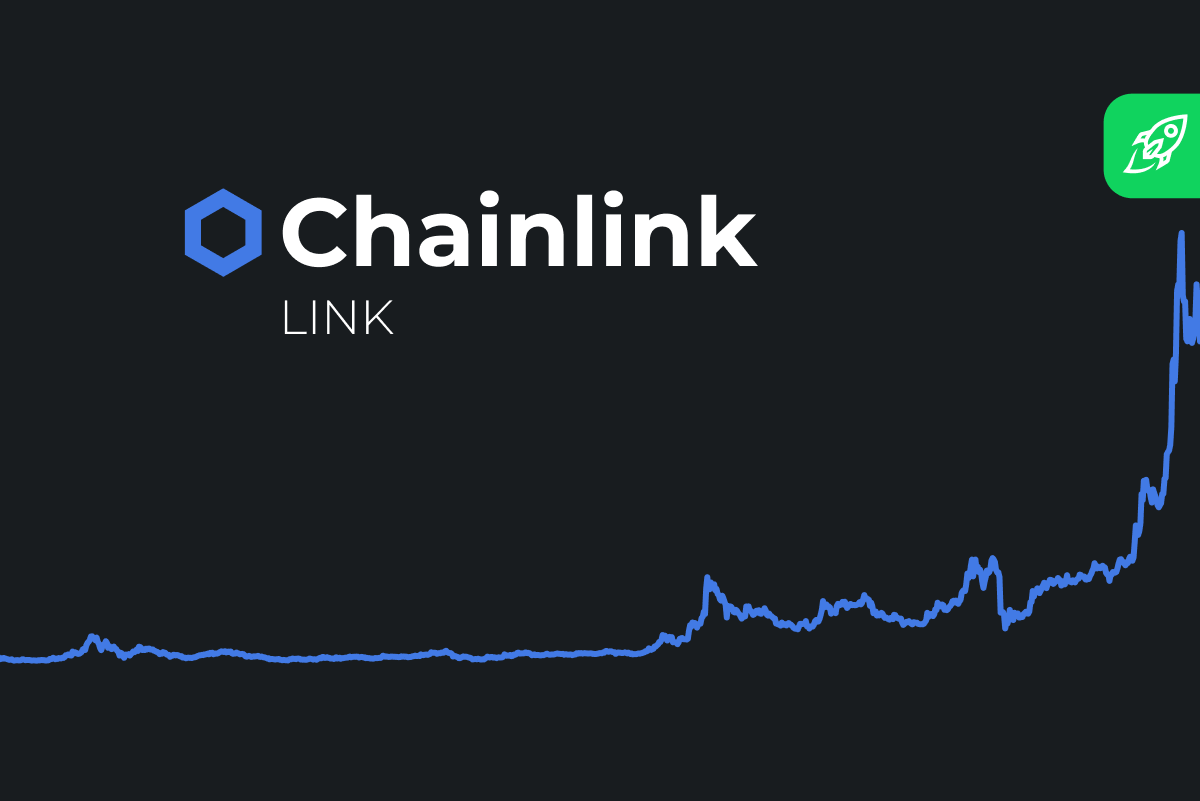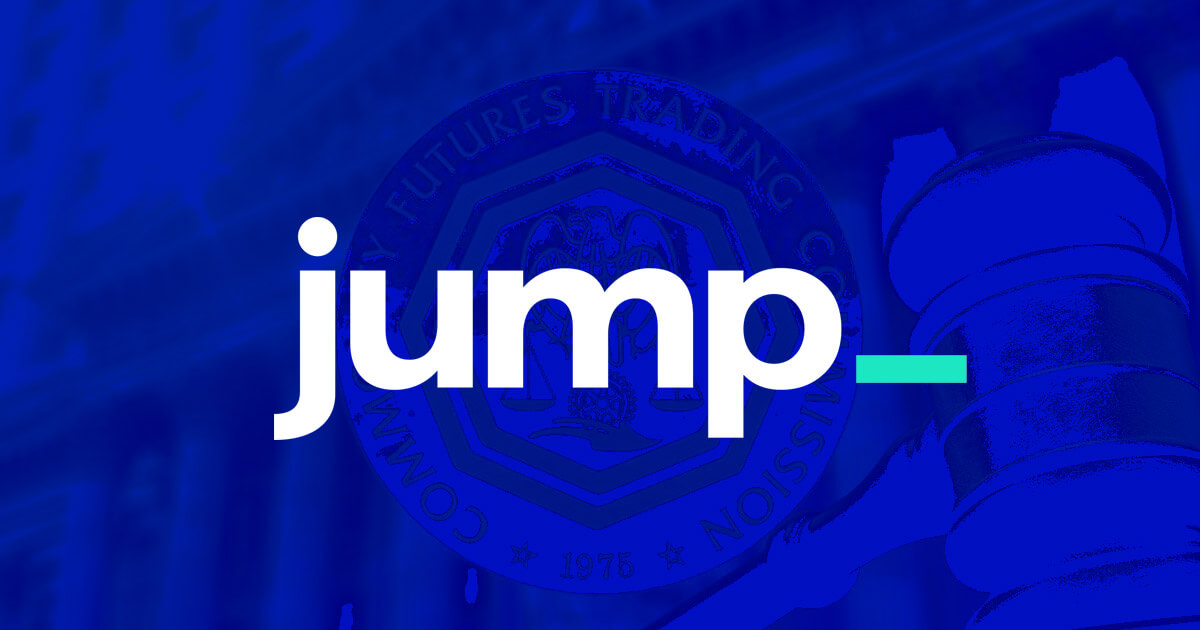The fall of stablecoin TerraUSD and its sister coin Luna, whose values fell earlier in May, put the cryptocurrency industry into a tailspin.
Wild price volatility in cryptocurrencies is nothing new. However, because TerraUSD is a so-called stablecoin, investors were taken aback by the abrupt decline in its price.
Taking a step back: What actually happened?
The algorithmic stablecoin UST, which is constructed on top of the Terra protocol and is a driving force behind its whole ecosystem, lost its peg on May 9th. It was already selling at roughly $0.30 a few days later, a shocking 70% below its planned value of $1.
Because of how the algorithm works, traders could redeem 1 UST (which was trading below $1) for $1 worth of LUNA. The goal of this design was to destroy the UST and limit its supply, hence surging its value. However, selling pressure was extreme, and UST never got close to its $1 target.
This enabled dealers to print LUNA in large quantities, resulting in a tremendous supply of over 6 trillion LUNA in a very few days. Such rapid supply growth in such a short period with no ability to accept it became unavoidable — LUNA’s price plummeted to $0.
In the event that will linger on in crypto history, the whole Terra ecosystem was swept out, and billions of dollars disappeared from the market in less than a week.
Luna 2.0: Introduction to the revival plan
Luna 2.0 will be the first token on the new Terra blockchain, and it will be used to save the Terra Luna ecosystem following the collapse of the stablecoin.
TerraForm Labs creator Do Kwon’s plan, dubbed the Luna rebirth, proposes that a new chain replace the old Terra network. Luna 2.0 will also be replacing the current version of Luna. It will cut links with the UST stablecoin, which was the source of the crash in the first place.
Most dApps will migrate to the new chain in conjunction with the new chain.
Like the old Luna, the old chain will not just vanish; they will coexist. The previous chain will be called Terra Classic, while Luna Classic will see the present Luna remain.
Here’s what you need to know
- The original Blockchain will be known as Terra Classic, whereas Luna Classic will be the name of the Luna blockchain.
- The original Luna logo will then be used to create a new blockchain.
- Previous holders of Luna and UST will get tokens on this new Blockchain via an airdrop.
- Investors who own more than 10,000 Luna tokens will receive just 30% of their tokens at first, with the remaining 70% distributed over two years to deter them from selling them all at once.
- Those holding more than a million tokens will have to wait a year before receiving their tokens, which will then be subject to a four-year vesting period.
- Huobi is one of the cryptocurrency exchanges that has already revealed plans to offer the new Luna coin.
- Binance claimed it is “working closely with the Terra team” to offer the “best possible service” to impacted Binance users.
Breakdown of the Revival plan
New Blockchain: The Terra Blockchain will be split into a new Blockchain but without the UST algorithmic Stablecoin UST mechanism’s unique layout.
Terra Classic (LUNC) will be the name of the old BlockchainBlockchain, whereas Terra will be the name of the new BlockchainBlockchain sans the UST structure (LUNA).
Distribution Mechanism: The new token LUNA will be airdropped (i.e., offered for free) to all individuals that stake, i.e., seize or pledge their LUNA classic tokens, remaining USTs, and other Terra Classic ecosystem necessary tokens.
Community-Based Crypto: Terra FormLab’s wallet address will be whitelisted for this specific LUNA airdrop, so only the Terra FormLab community will get it. Terra’s long-term ambition is to become a community-owned Blockchain.
Token Reset: As part of the resurrection plan, the total number of new LUNA tokens in active circulation was set to 1 billion.
New Inflation Rate: According to Do Kwon’s revival plan, present revenue sources will not be enough to meet security costs without boosting swap fees. As a result, he requested community members to incentivize network security in line with the native crypto token’s inflation, which should be set at 7% per year.
Launch date of Luna 2.0
After a successful vote, Luna 2.0 will go live on May 28th, the same day as the Terra chain’s genesis block.
According to a tweet from Terra, the Luna 2.0 launch will take place at approximately 6 a.m. UTC (2 a.m. ET, 11 p.m. PT).
Terra has pushed back the debut date by one day, which was initially scheduled for May 27th.
Final thoughts
While the LUNA revival plan appears to eliminate UST and transform the network into a decentralized autonomous organization (DAO), it remains to be seen if it will genuinely aid in the recovery of the Terra ecosystem as a whole.
However, the cryptocurrency industry was severely shocked by the loss of $60 billion following the catastrophic Luna crash. Nonetheless, it appears that the rebirth of Luna has piqued the interest of investors.
Getting rid of the stablecoin that caused Luna’s fall in the first place may boost the new crypto’s chances of success. Still, investors should exercise caution while investing in crypto because anything can happen in this unpredictable market.
 Disclaimer: Cryptocurrency is not a legal tender and is currently unregulated. Kindly ensure that you undertake sufficient risk assessment when trading cryptocurrencies as they are often subject to high price volatility. The information provided in this section doesn’t represent any investment advice or WazirX’s official position. WazirX reserves the right in its sole discretion to amend or change this blog post at any time and for any reasons without prior notice.
Disclaimer: Cryptocurrency is not a legal tender and is currently unregulated. Kindly ensure that you undertake sufficient risk assessment when trading cryptocurrencies as they are often subject to high price volatility. The information provided in this section doesn’t represent any investment advice or WazirX’s official position. WazirX reserves the right in its sole discretion to amend or change this blog post at any time and for any reasons without prior notice.







